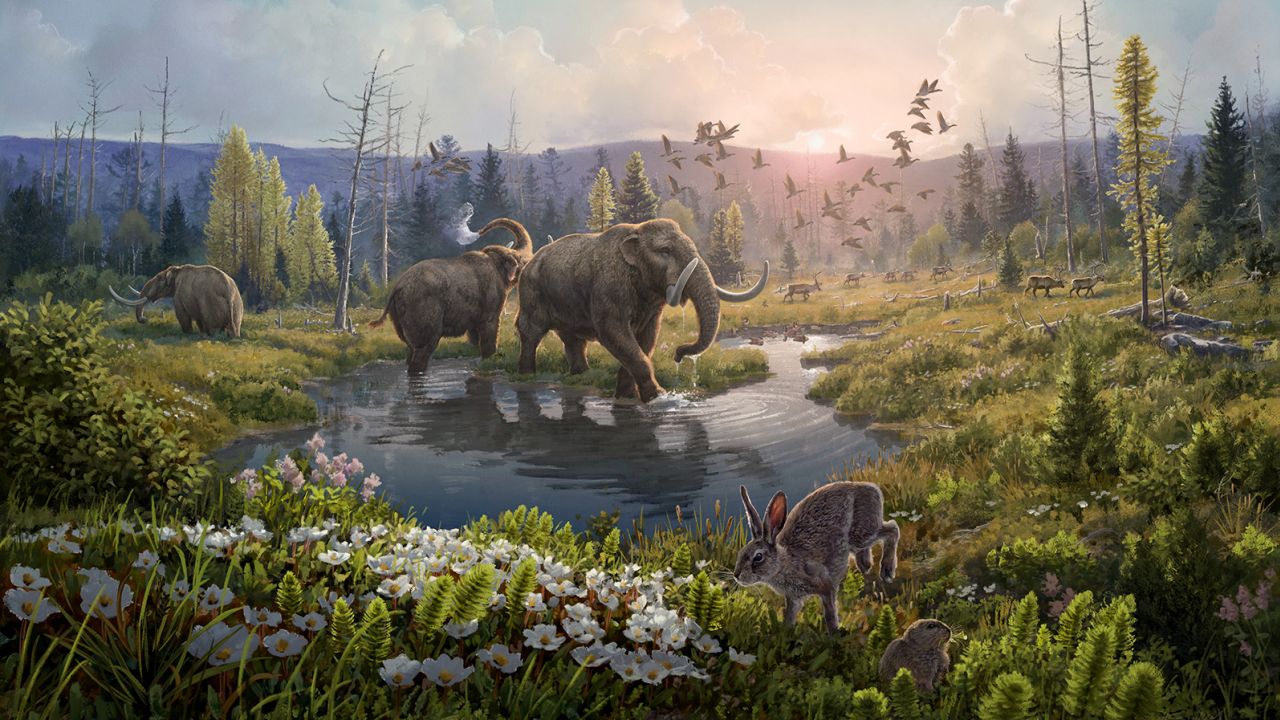Worries About the Earth's Carbon Cycle
I have written before about Geology Bites. I listened to the LATEST ONE last week and was mightily impressed - and worried. In it Oliver Stimpel talks to Dan Rothman who is professor of Geophysics at MIT.
The professor studies the carbon cycle and has found about 30 disruptions. These occur when there are injections of carbon into the system. These are usually associated with very large volcanic eruptions. And five of these disruptions are associated with mass extinctions.
Here are the mass extinctions.
Extinction rates for marine animals during the Phanerozoic. The “Big Five” extinctions are labeled: end-Ordovician (Ord), Frasnian-Famennian (FF), end-Permian (PT), end-Triassic (TJ), and end-Cretaceous (KT).
And here is the size of the carbon injection graphed against the duration of the disruption.
This is the key plot discussed by Dan Rothman in the podcast. It shows the relative sizes (m = mass of carbon) versus the durations of 31 disruptions of the carbon cycle during the Phanerozoic. The red dots mark the disruptions corresponding to the five major mass extinctions (see figure above), while the blue dots represent disruptions that were not associated with unusually high rates of extinction. The straight line denotes a characteristic rate of change of the carbon in the Earth system. Most of the events fall near the line (gray region), while four of the five events corresponding to the major mass extinctions fall above the line. The fifth mass extinction, in the late Devonian at the Frasnian-Famennian boundary, is clearly different, lying in the slow region below the line. Some researchers have suggested that the Frasnian-Famennian event is not an extinction event but instead represents a decrease in the rate at which new species originate.
Rothman, D.H. (2017), Science Advances, 3:e1700906
The podcast gets worrying when it looks at what is happening in the present day.
Listen to the podcast and read the associated WEB PAGE. The pod cast is near the top of the page




